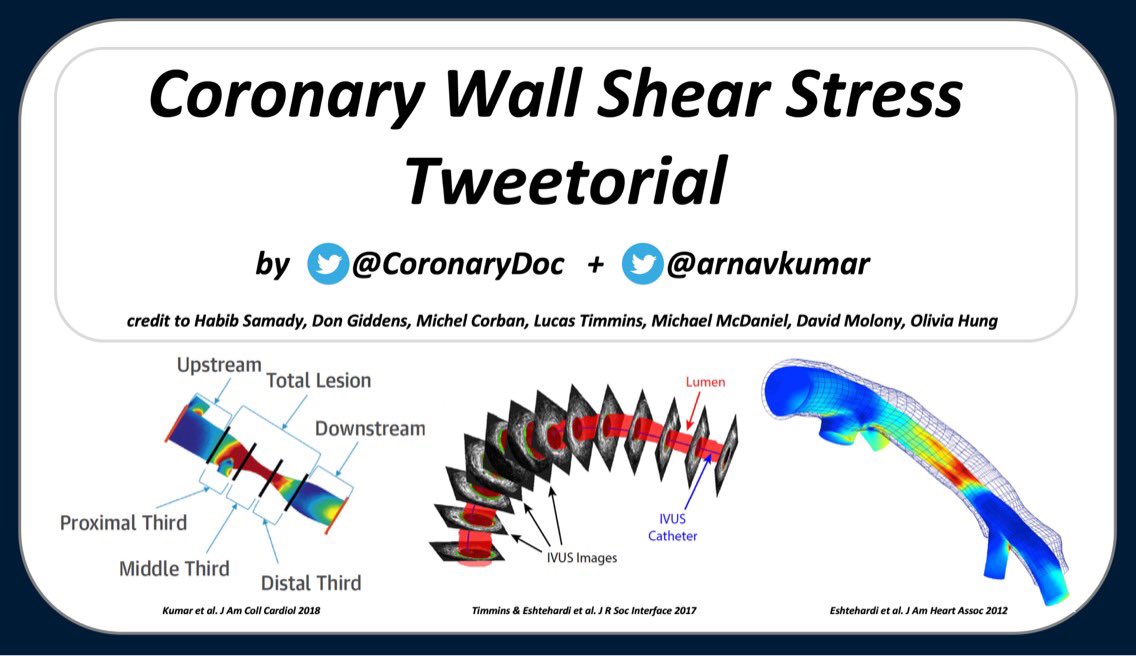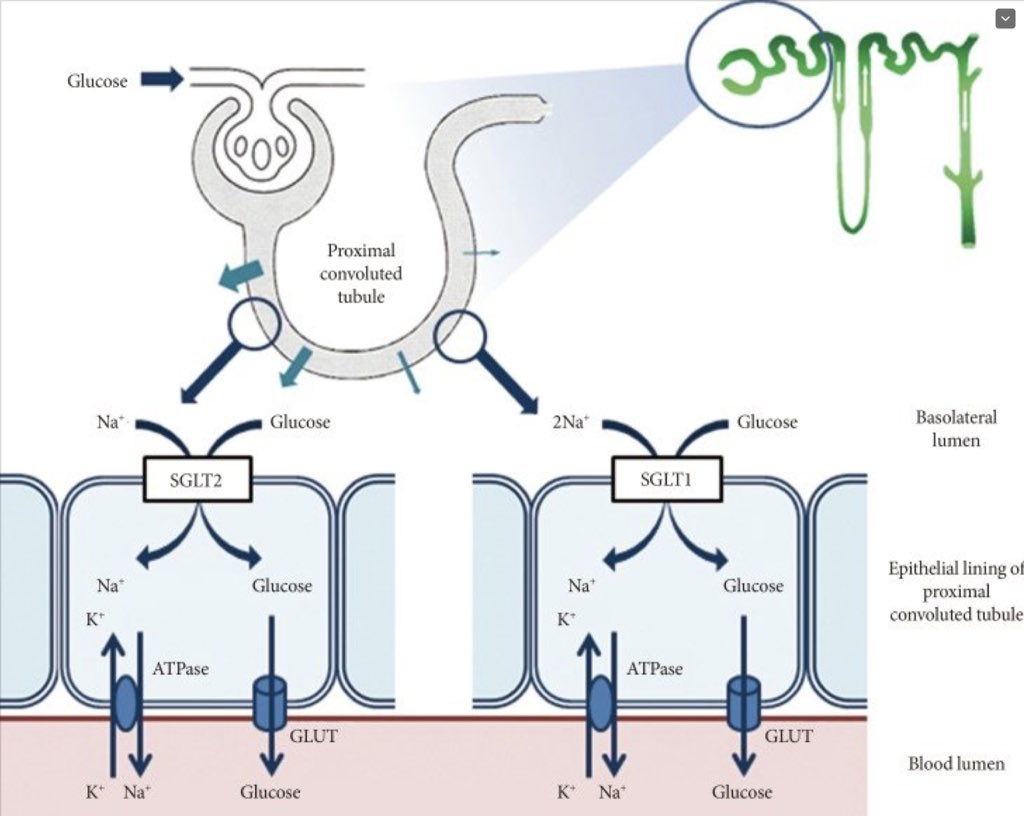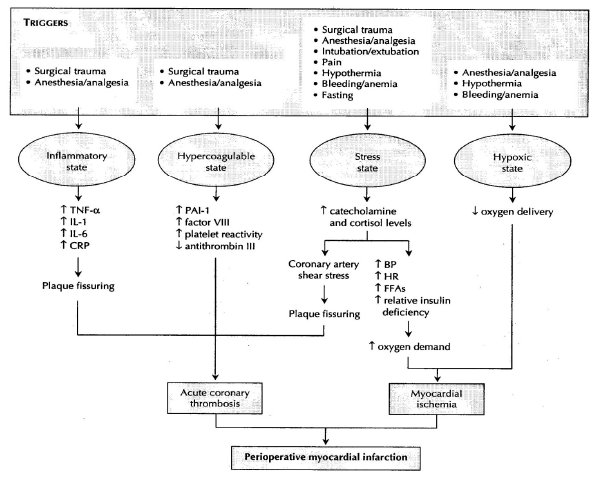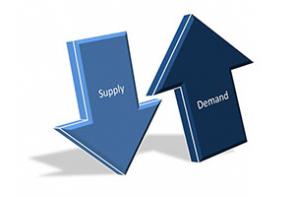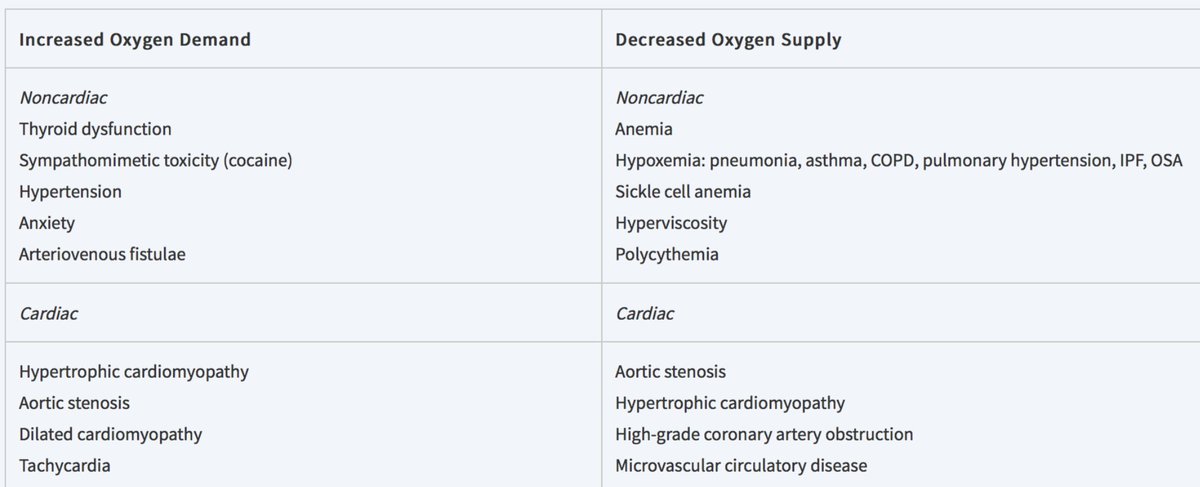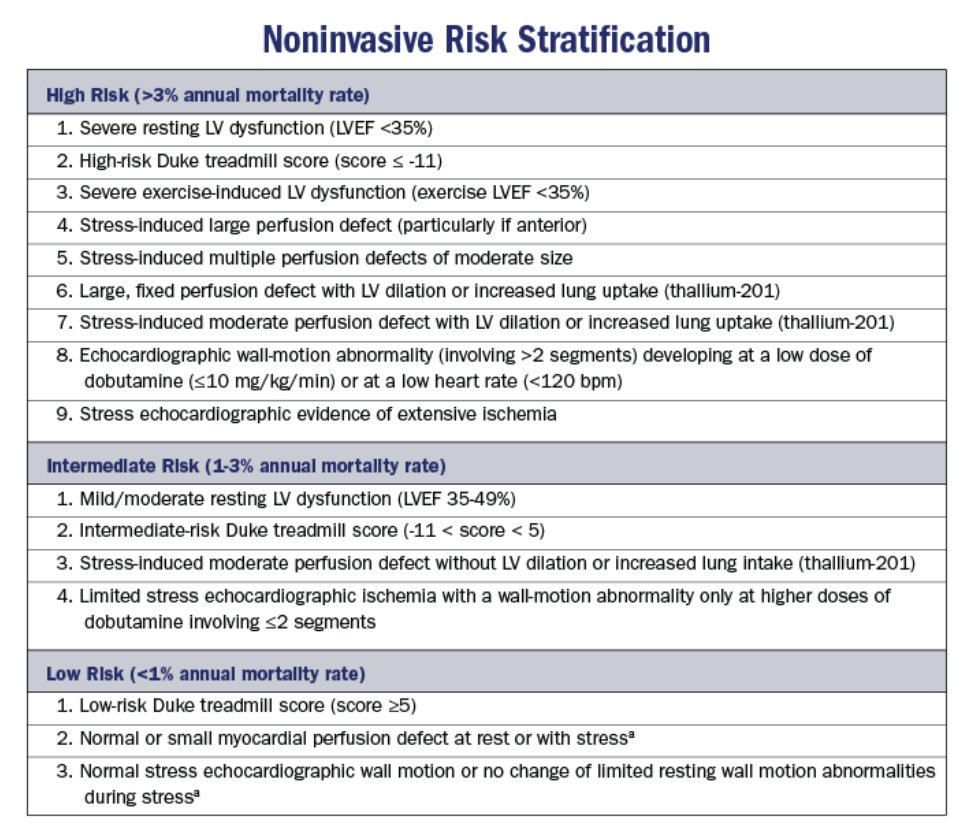By @CoronaryDoc + @AChoiHeart
✅ Why Plaque Assessment?
✅ High Risk Plaque Features
✅ Plaque Characterization/Quantification
✅ Supporting Clinical Data
#CardioTwitter #ACCImaging #SCCT2019 @heart_scct @journalCCT
1/14

As #SCD or #MI is 1st symptom of #atherosclerosis in 2/3 of pts, early ID of #CAD is of paramount importance
#YesCCT allows for
✅ ID of plaque
✅ Quant. of plaque
✅ Characterization of plaque
✅ Arterial remodeling
Lin, @LubbDup & @lesleejshaw: bit.ly/2x1b5Yz

Serial angiographic studies have demonstrated an accelerated & rapid plaque progression before most cases of ACS
Rapid plaque growth ➡️ plaque rupture ➡️ thrombus formation ➡️ MI
@LubbDup & @JonathonLeipsic et al: bit.ly/2WIt5Bj

Evaluation of established adverse plaque characteristics (shown in slide) plus hemodynamic factors (e.g. #FFR & #WSS) provide complementary insights to high-risk plaque assessment
@CoronaryDoc & @habib_samady et al: bit.ly/2KmlCGp
bit.ly/2WS9Sgx

Here’s a summary of high risk or rupture-prone plaques from histological studies with corresponding #YesCCT findings
Rosendael et al @JACCJournals: bit.ly/2x04Iox
Otsuka et al @NatRevCardiol: go.nature.com/2WPhpgq

#YesCCT is able to differentiate between calcified, partially-calcified (mixed), and non-calcified plaques
Calcified plaques have been shown to be an independent predictor of cardiac events
#ACCImaging
@PalMaurovich et al @NatRevCardiol:
go.nature.com/2WPhL6K

#YesCCT refines plaque composition by differentiating between high attenuation (necrotic core and fibrofatty tissues or lipid-rich plaque) & low attenuation areas (fibrous tissue) that are predictive of cardiac events
bit.ly/2ZsVAou
go.nature.com/2WPhL6K

Taken together, recent investigation has centered around fully quantifying high risk plaques on a fully #YesCCT imaging dataset
Slide’s info:
PR: positive remodeling
LAP: low attenuation plaque
SC: spotty calcification
Rosendael et al @JACCJournals: bit.ly/2x04Iox

In #SCOTHeart study, presence of adverse #YesCCT plaque (+ remodeling or low attenuation plaque), obstructive disease & #CAC (surrogate measure of overall plaque burden) were associated with ⬆️ risk of #CHD death or nonfatal MI
@imagingmedsci et al:
bit.ly/2WPjI34

In ICONIC study, quantitative assessment of #YesCCT plaque composition showed ACS culprit lesion precursors with ↑fibrofatty & necrotic core. Low-attenuation plaque, + remodeling, spotty Ca++ & plaque burden also identified lesions & pts with ACS
bit.ly/2x1F0Qz

In #ROMICAT II Trial, high-risk plaque in acute CP (positive remodeling, low attenuation plaque, napkin-ring sign, spotty ca++) was associated with ACS independently & incrementally to presence of significant stenosis & clinical risk assessment
bit.ly/2WP0GtF

🔑 Takeaways:
#YesCCT:
✅ IDs & quantifies plaque
✅ Global assessment plaque burden
✅ Detects high-risk plaques: high burden, low attenuation, napkin-ring, +remodeling, +spotty Ca++
These features allow personalized risk ID & Rx initiation before a cardiac event!

For a deeper dive:
1️⃣ Read @journalCCT review on role of non-invasive atherosclerosis imaging by Lin & @lesleejshaw
bit.ly/2x1b5Yz
2️⃣ Attend #SCCT2019 or follow Twitter coverage of Advanced Plaque Quantification by #YesCCT on 7/12 @ 3:45
scct.org/page/SCCT2019





